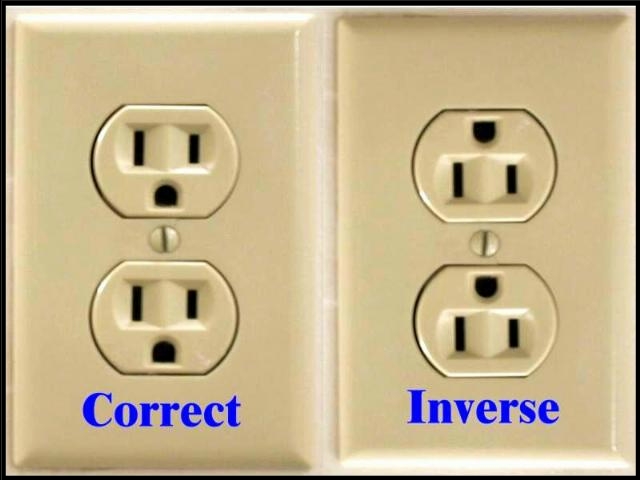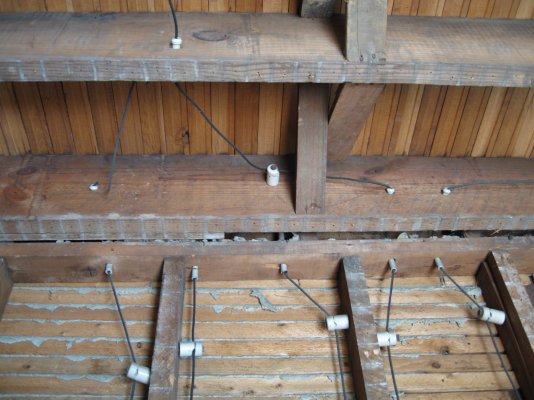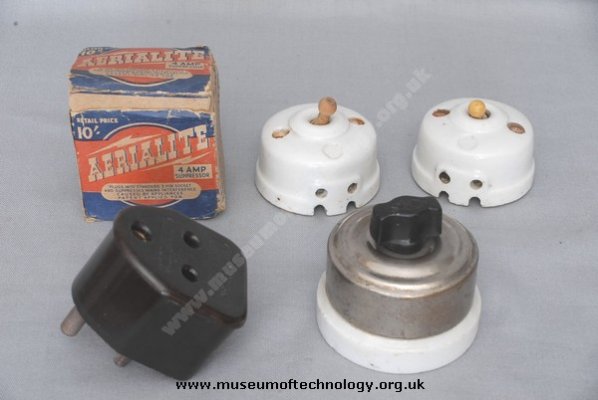Are your wall plugs installed right side up or down? ... Better way to ask...
Is the round grounding part of the plug on top or bottom.
Most angled plugs ends of appliance wires are designed so that when the wire is plugged in, the wire hangs down. Also, plug in wall items such as Carbon Monoxide detectors, are designed to have the grounding plug below the "prongs". I just bought this... charging plug module,
Westinghouse T91001 Outlet Valet Portable Charging Station with 1 Grounded Outlet & 2 USB Ports, White - Amazon.com but can't use it because all my plugs have the grounding plug on top.
All of the homes in our development, my mfg home in FL and my camp have what I'd call upside down plugs, so it's not unusual.
Upside down equals grounding plug on top, because most plug in stuff is designed that way.
... and we put a man on the moon!.
.....................................................
one explanation... a metal piece like a metal backplate, falling down on two prongs that might not be plugged in all the way, could create a short... with the upside down, the metal would ground safely...
Who's smarter? the manufacturer or the electrician?
Is the round grounding part of the plug on top or bottom.
Most angled plugs ends of appliance wires are designed so that when the wire is plugged in, the wire hangs down. Also, plug in wall items such as Carbon Monoxide detectors, are designed to have the grounding plug below the "prongs". I just bought this... charging plug module,
Westinghouse T91001 Outlet Valet Portable Charging Station with 1 Grounded Outlet & 2 USB Ports, White - Amazon.com but can't use it because all my plugs have the grounding plug on top.
All of the homes in our development, my mfg home in FL and my camp have what I'd call upside down plugs, so it's not unusual.
Upside down equals grounding plug on top, because most plug in stuff is designed that way.
... and we put a man on the moon!.
.....................................................
one explanation... a metal piece like a metal backplate, falling down on two prongs that might not be plugged in all the way, could create a short... with the upside down, the metal would ground safely...
Who's smarter? the manufacturer or the electrician?
Last edited:







